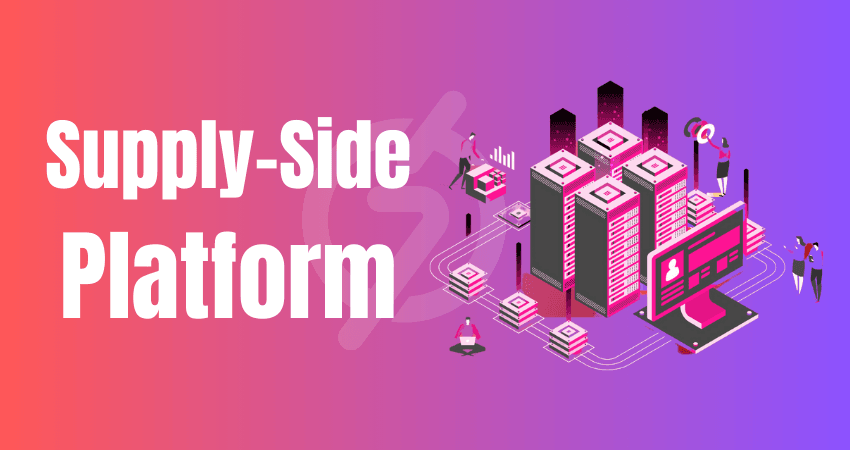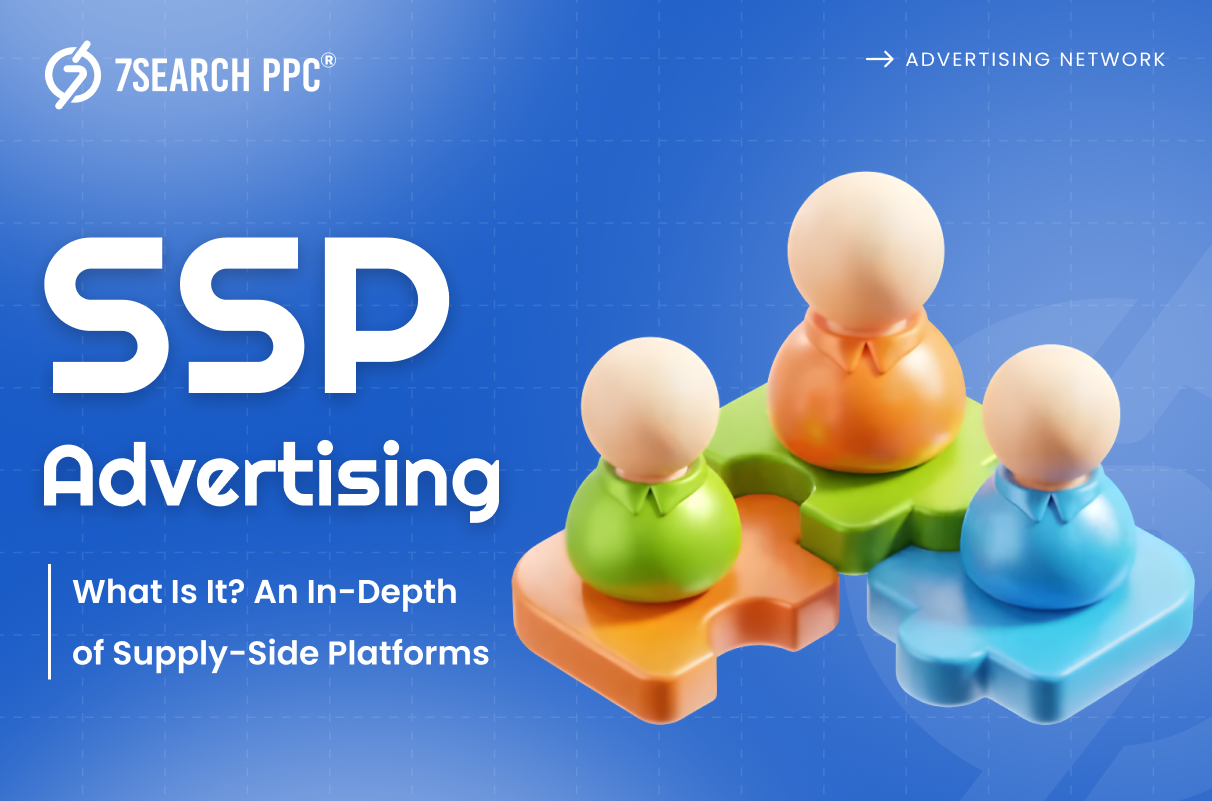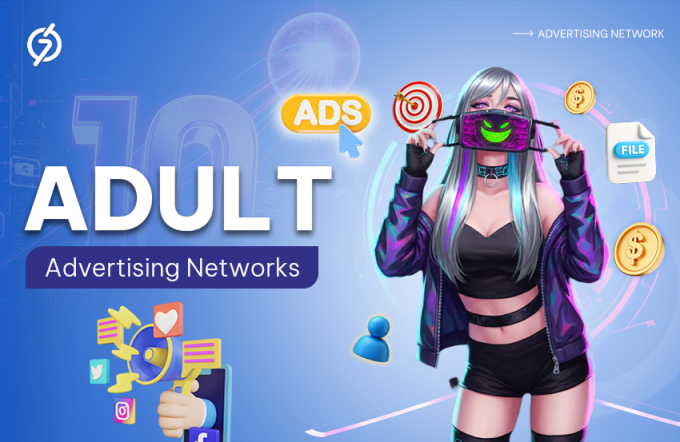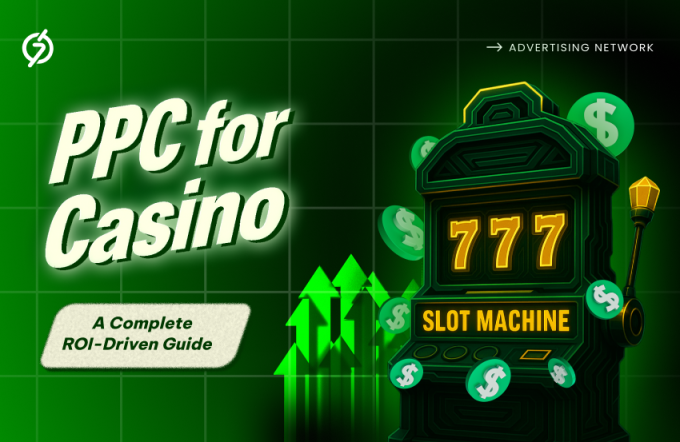Most of the time, we focus on the best ways to manage ad campaigns, ad networks, and ad exchanges. In these discussions, we often overlook the places where online ads are displayed and the people who sell their ad spaces.
But who are they, and how do they manage their ad inventory? They are the publishers, and they manage their ad inventory through supply-side platforms. All these processes fall under SSP advertising.
In the ad tech ecosystem, buyers and sellers constantly battle to connect and make deals.
On the one hand, advertisers look to connect and engage their ideal audience with the right message. On the other hand, publishers have valuable inventory (like ad space on their websites or apps) that they want to monetize.
Supply-side platforms (SSPs) are born to bridge this gap. These are digital ad marketplaces where publishers can list their inventory for sale. Advertisers can then show interest in the inventory through demand-side platforms (DSPs). In this blog, we’ll examine supply-side platforms in-depth. We’ll discuss what SSPs are, how they work, some popular SSPs, and much more.
So, if you’re interested in learning more about SSP advertising, continue reading this blog. In the end, you won’t be disappointed!
SSP Advertising: Beyond the Basics
Suppose you are looking to sell space to a business that wants to showcase its offerings. Your space is located in an area with good foot traffic, making it ideal for both you and the marketer.
One marketer shows interest in buying your ad space, and you sell it to him, receiving payment in return. That’s it! This is similar to how SSP advertising works, but the key difference is that the entire process of selling ad space is automated through SSPs.
SSP advertising refers to a technology that helps publishers sell their available ad space automatically and within a quick time.
Instead of reaching out to advertisers individually, SSPs allow publishers to offer their ad inventory to many potential buyers through real-time auctions. This increases the chances of getting the best possible price for their available ad space.
- Some of you might be unaware of the history of SSP. The first SSP was ‘Pubmatic, ‘ introduced in 2006.
- Previously, publishers and advertisers had to negotiate deals directly, which was often frustrating and time-consuming.
- Programmatic technology now automates the entire ad transaction process, eliminating manual work.
- SSPs connect with various Demand-Side Platforms, where advertisers show interest and place bids for ad placements.
- This interaction happens in real-time, allowing quick and seamless ad transactions.
- Competitive bids ensure publishers can maximize their revenue efficiently.
In simple words, we can say that SSPs make it easier for publishers to manage their ads and boost their revenue without much manual effort.
How Do SSPs Work in the Advertising World?
Supply-side platforms simplify the ad space-selling process through their efficient functionalities. Here’s how they work:
Publisher Integration
Publishers begin by integrating their digital assets, such as websites or mobile apps, with the SSP. This is typically done in two main ways:
- Installing a Software Development Kit (SDK).
- Embedding specific code into their websites or apps.
This integration allows the SSP to access the publisher’s inventory and manage ad requests efficiently, ensuring that ads are displayed effectively across different devices and formats.
Inventory Configuration
After integrating with the SSP, the setup process begins. In the second step, publishers configure their online ad inventory within the SSP by defining various parameters, such as:
- Available ad placements,
- Formats,
- Targeting options,
- Pricing rules.
Publishers set these details with SSPs and ensure that their ad spaces are optimized for maximum revenue while providing clear guidelines for advertisers on how to utilize their ad inventory.
Ad Request Generation
Ad request generation is the third stage in which SSP advertising starts. The ad request is generated when a user visits a publisher’s website or app. Just after that, an ad request is triggered. This ad request is sent to the SSP and includes relevant details for digital advertising, such as:
- User Information,
- Content Information,
- Ad Slot Information.
This data is crucial for determining which online ads are more suitable for display, as it allows the SSP to match user profiles with relevant advertisers.
Real-Time Auction Process
Upon receiving an ad request, the SSP advertising initiates a real-time auction. In this stage, the auction happens by inviting the DSPs (ad networks and ad exchanges) to the auction field. In the auction process, the DSPs place their bids on the available advertising inventory.
The most important thing is to note that this auction happens in just milliseconds. In this quick time, the SSP determines which online ad will be displayed to the user based on the best bid.
Bid Assessment
The bid is not conducted forcefully. DSPs can do it by looking at the following factors:
- Targeting Criteria
- Budget Limitations
- Advertising Objectives
The SSP then analyzes all incoming bids, selecting the highest bidder as the winner, thereby maximizing the potential revenue for the publisher.
Ad Delivery
Advertisers put the maximum bid, and publishers sell their ad space. Why? To fulfill their objectives, and in the delivery stage, the objectives are fulfilled. After the auction ends and the highest bid is chosen, the SSP tells the publisher’s ad server to show the winning ad to the user.
This process makes sure the online ad (who wins the bidding battle) appears quickly and efficiently, improving the user’s experience while also meeting the advertiser’s goal.
Performance Reporting and Improvement
This is the last stage where the effectiveness of SSP advertising is measured. After online ads are served, SSPs provide accurate reports to publishers detailing various performance metrics, such as:
- Total Impressions,
- Total Clicks,
- Total Revenue Generated.
These important metrics help publishers see how well their ads are going and how they are priced. This allows them to improve their ad placements and make more money over time. It also helps them understand the quality of their website traffic and whether it’s good enough or needs improvement.
The Coolest Supply-Side Platforms You Should Check Out
An effective monetization journey begins with amazing content, high-quality traffic, and powerful supply-side platforms. Here are some popular platforms that are ready to give you a profitable SSP advertising experience:

Pubmatic
Pubmatic, the first supply-side platform that saw the huge gap in the ad space selling process, made its grand entry in 2006. When it entered, it was not so popular because most publishers didn’t know about its role, and trust issues were also common. Once publishers were educated, they began to understand the true value of this SSP.
It provides transparent solutions for publishers, media buyers, and data owners, enabling them to make data-driven decisions. By supporting ads across multiple screens and formats, Pubmatic ensures businesses can reach wider audiences. This platform focuses on maximizing profits for content creators, allowing them to re-invest in high-quality content.
This supply-side platform is increasing its global presence to make SSP advertising more accessible and smooth. Now, it has 12 data centers and 18 offices worldwide.
Google Ad Manager
Everyone knows Google, but did you know about Google Ad Manager? This is a trusted supply-side platform that helps publishers control, manage, and sell their ad space more efficiently. It connects publishers with DSPs and makes it easier to run online ads on websites or apps.

With powerful tools for tracking performance, flexible bidding options, brand safety features, and more, it’s popular among publishers who want to monetize their content.
However, many publishers complain that it favors publishers with high traffic, which can make it challenging for small publishers to generate significant revenue. If you ignore this, then Google’s vast reach in the ad ecosystem makes it a strong option for SSP advertising.
OpenX
OpenX is a global ad tech company that helps publishers and advertisers work together through programmatic advertising. It provides a platform where publishers can sell ad space, and advertisers can bid for it in real-time, like an online auction, and like all the SSPs work. OpenX focuses on header bidding, helping publishers earn more by getting the best price for SSP advertising.
It also gives advertisers access to high-quality ad spots. With its fast and smart technology, OpenX ensures ads reach the right audience, making advertising and monetization efforts more successful for advertisers and publishers. Here is what they claim:
- 130,000+ ( Active Publisher Domains, Mobile Apps)
- 100,000+ (Advertisers)
- 365B+ (Ad Requests Per Day)
Index Exchange
As publishers, we usually opt for large and popular SSPs to achieve better results. However, we often get the desired outcomes with less popular SSPs, such as Index Exchange.
This is a global marketplace that connects top digital media companies with advertisers in real time. As a supply-side platform (SSP), Index Exchange helps publishers sell their ad spaces while maintaining control over prices, settings, and other crucial things.
It focuses on transparency, allowing media companies to manage their ads effectively and earn more revenue. With advanced tools and real-time features, Index Exchange makes it easy for buyers and sellers to work together, building trust and ensuring the best results for SSP advertising.
Key Features of a Supply-Side Platform
The work of ad selling becomes easier for publishers if they consider the key features of the chosen SSP. If you are also looking to choose an SSP for selling ad space, consider the following features for successful SSP advertising:

User-Friendly Interface
It’s crucial for publishers to have a user-friendly interface. An SSP with a user-friendly interface helps publishers easily navigate and manage their digital ad inventory.
This means even those who are not experts can use the platform without any difficulty. Common but useful features like drag-and-drop options, clear menus, and simple dashboards make it easy for users to find what they need quickly. A good interface saves time and reduces frustration.
Analytics and Reporting
Analytics and reporting features in a supply-side platform (SSP) give important information about how online ads are performing and how users are engaging with them.
Publishers can see real-time data like the number of times ads are shown (impressions), clicks, and money they are making. These tools help publishers figure out which ads are successful and which are not, allowing them to make better decisions about SSP advertising.
Header Bidding
Many SSPs include header bidding functionality for publishers, although not all of them do. This feature lets many advertisers bid on ad space at the same time before deciding which ad to show. This creates more competition among advertisers, which helps publishers earn more money.
With header bidding, publishers can see more clearly how the bidding process works and make sure they get the best price for SSP advertising. It also helps them get the most value from their ad spaces by not depending on just one ad network.
Inventory Management
Publishers often have many tasks, such as researching and creating content, which makes it difficult for them to manage their ad inventory. This is where inventory management becomes essential for effective SSP advertising.
Inventory management in a supply-side platform (SSP) helps publishers organize and control their ad spaces easily. It involves keeping track of available ad slots, deciding which campaigns to prioritize, and making sure they fill as many ad spaces as possible.
Conclusion
SSP advertising has established its value by providing publishers with a way to manage and monetize their ad spaces. SSPs make it easy for publishers to connect with advertisers by using real-time auctions and other advanced features.
Platforms like Pubmatic, Google Ad Manager, OpenX, and Index Exchange help publishers earn more while keeping control of their ad inventory. As the digital advertising world keeps changing, using SSPs will be important for publishers looking to grow sustainably. With the right SSP, publishers can improve their monetization strategies, attract better traffic, and find more ways to make money.
Frequently Asked Questions (FAQs)
What is an SSP (Supply-Side Platform)?
Ans. A supply-side platform is a digital ad marketplace where publishers can list their ad inventory for sale. It helps publishers automate the process of selling ad space to advertisers.
How does an SSP work?
Ans. SSPs connect publishers with advertisers through real-time auctions. When a user enters or visits a publisher’s website or app, the SSP generates an ad request and sends it to participating DSPs. The highest bidder (who puts a high bid for ad space) wins the ad placement, and the SSP delivers the ad to the user.
What are some popular Supply-Side platforms?
Ans. Some popular SSPs for SSP advertising include Pubmatic, Google Ad Manager, OpenX, and Index Exchange.
How can I learn more about SSP advertising?
Ans. There are many resources available to learn more about SSP advertising, including online courses, webinars, and articles. You can also reach out to SSP providers for more information.
Can I use multiple SSPs at the same time?
Ans. Yes, you can use multiple SSPs simultaneously for SSP advertising. This can help you increase your ad revenue and sell all your ad inventory.


















